BPH Treatment Comparison Tool
Find Your Best BPH Treatment Option
Answer a few quick questions to see how Uroxatral compares with alternatives based on your priorities.
Your Best Treatment Options
Recommended:
Comparison Summary
| Treatment | Effectiveness | Side Effects | Cost | Sexual Function |
|---|---|---|---|---|
| Uroxatral (Alfuzosin) | ★★★☆☆ | Moderate | $$ | Minimal impact |
| Tamsulosin (Flomax) | ★★★★☆ | Low | $ | Retrograde ejaculation |
| Silodosin (Rapaflo) | ★★★★★ | High | $$$ | Retrograde ejaculation |
| Alfuzosin + Finasteride | ★★★★☆ | Moderate | $$$ | Minimal impact |
| UroLift/Rezum | ★★★★☆ | Low | $$$$ | Minimal impact |
If you're taking Uroxatral (alfuzosin) for an enlarged prostate, you might be wondering if there are better or cheaper options. You're not alone. Many men on this medication ask the same thing: Is there something else that works just as well - or better - without the side effects or cost? The answer isn't simple, but it’s practical. There are several alternatives, each with different pros, cons, and real-world results. This guide breaks down exactly how Uroxatral stacks up against the most common options - no fluff, no marketing speak, just what matters to you.
What Uroxatral (Alfuzosin) Actually Does
Uroxatral is a brand name for alfuzosin, an alpha-1 blocker. It works by relaxing the muscles in your prostate and bladder neck. That makes it easier to urinate, reduces urgency, and cuts down on nighttime bathroom trips. It’s not a cure for an enlarged prostate (BPH), but it helps manage symptoms. Most men notice improvement within a week or two.
Alfuzosin is designed to be taken once daily, right after the same meal each day. This matters. Taking it on an empty stomach can cause your blood pressure to drop too low - a real risk. The extended-release form (Uroxatral) is meant to release the drug slowly, reducing side effects like dizziness compared to older versions.
Common side effects include dizziness, headache, fatigue, and nasal congestion. About 1 in 10 men stop taking it because of these. Less common but serious: fainting or low blood pressure, especially if you’re also on blood pressure meds or nitrates.
Alternative 1: Tamsulosin (Flomax)
Tamsulosin is the most widely prescribed alpha blocker for BPH in the UK and US. It’s sold as Flomax, and also as generics. Unlike alfuzosin, tamsulosin is more selective for prostate muscles, which means less impact on blood pressure. That’s why many doctors start with it.
Studies show tamsulosin improves urinary flow about as well as alfuzosin. In a 2023 meta-analysis of over 2,000 men, both drugs reduced symptom scores by 40-50% after 12 weeks. But tamsulosin had fewer reports of dizziness when taken correctly - usually 30 minutes after dinner.
Here’s the catch: tamsulosin can cause retrograde ejaculation - semen goes into the bladder instead of out during orgasm. It’s harmless but can be unsettling. About 30% of men on tamsulosin experience this. Alfuzosin causes it less often - around 10-15%. If you’re sexually active and care about ejaculation, this matters.
Alternative 2: Silodosin (Rapaflo)
Silodosin is the most prostate-specific alpha blocker available. It’s stronger in the prostate, so it often works faster and better for men with severe symptoms. In clinical trials, silodosin improved peak urine flow more than alfuzosin or tamsulosin.
But it comes with trade-offs. The most common side effect? Retrograde ejaculation - up to 70% of men. That’s why it’s not usually a first choice unless symptoms are really bad. It’s also more expensive than generics. If you’ve tried other alpha blockers and still struggle to empty your bladder, silodosin might be worth discussing.
Alternative 3: Doxazosin and Terazosin (Older Alpha Blockers)
These are the original alpha blockers. They work, but they’re outdated. Both cause more dizziness, fainting, and low blood pressure than alfuzosin or tamsulosin because they affect blood vessels throughout the body.
Doctors still prescribe them because they’re cheap - doxazosin generics cost under £5 for a month’s supply in the UK. But the side effects are a real problem. One study found 1 in 4 men on doxazosin had to stop because of dizziness or fainting. If you’re older, on blood pressure meds, or have a history of falls, avoid these unless there’s no other option.
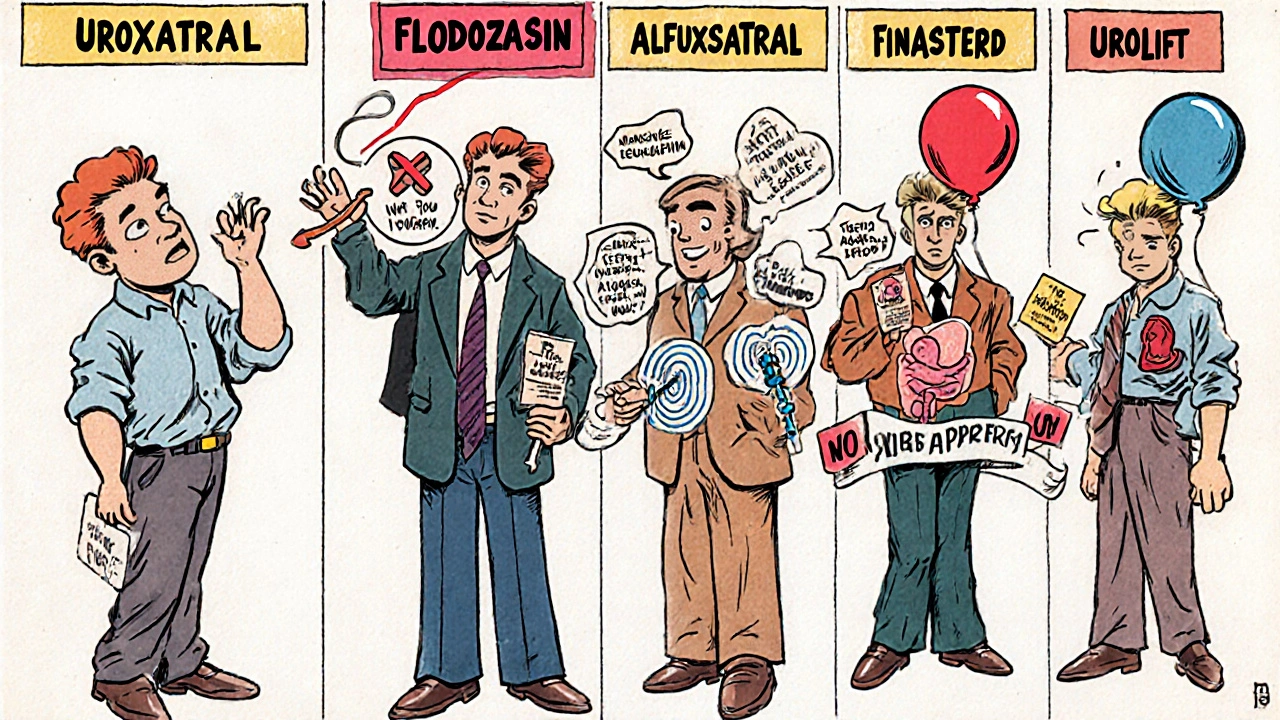
Alternative 4: Combination Therapy - Alfuzosin + Finasteride
If your prostate is truly enlarged (over 30-40ml), you might benefit from combining an alpha blocker with a 5-alpha reductase inhibitor like finasteride (Proscar) or dutasteride (Avodart).
Finasteride shrinks the prostate over 6-12 months. It doesn’t help with immediate urination - that’s where alfuzosin comes in. Together, they reduce the risk of acute urinary retention by 50% and lower the chance of needing surgery later. This combo is especially useful for men over 55 with large prostates and high PSA levels.
Downsides? Finasteride can lower libido or cause erectile dysfunction in about 5-10% of men. It takes months to work. But if you’re looking for long-term protection, this is the strongest option available.
Alternative 5: Natural Options - Saw Palmetto, Beta-Sitosterol
Many men turn to supplements like saw palmetto or beta-sitosterol. Saw palmetto has been studied for decades. The latest Cochrane review (2024) found it has no meaningful benefit over placebo for urinary symptoms. Beta-sitosterol shows a bit more promise - some trials report modest improvement in flow rate and reduced nighttime urination.
But here’s the truth: supplements aren’t regulated like drugs. One bottle of saw palmetto might have 320mg of active ingredient; another might have 50mg. There’s no guarantee of quality or effect. They’re safe, but don’t expect them to replace medication. They’re best used as a supplement - not a substitute - if you’re already on something like alfuzosin and want to add a mild boost.
Alternative 6: Minimally Invasive Procedures - UroLift, Rezum
If pills aren’t working or side effects are too much, procedures like UroLift and Rezum are now mainstream options. These aren’t surgery - no cutting, no catheters, no hospital stay.
UroLift uses tiny implants to hold the prostate open. It preserves sexual function - no retrograde ejaculation, no erectile issues. Recovery is quick: most men go back to normal in a few days. Studies show it works as well as tamsulosin after 12 months.
Rezum uses steam injections to shrink prostate tissue. It’s effective for larger prostates. Symptoms improve over weeks. Sexual side effects are rare, but some men report temporary urinary discomfort.
Cost? Both cost £3,000-£5,000 in the UK. NHS access is limited. Most get them privately. But if you hate pills or can’t tolerate side effects, these are better than lifelong medication.
How to Choose the Right Option
There’s no single best drug. The right choice depends on your symptoms, prostate size, age, other meds, and what you care about most.
Here’s a simple decision guide:
- Best for quick relief with low sexual side effects: Alfuzosin (Uroxatral)
- Best for mild symptoms and low cost: Tamsulosin (Flomax)
- Best for severe symptoms and you don’t mind ejaculation changes: Silodosin (Rapaflo)
- Best for long-term protection with large prostate: Alfuzosin + Finasteride
- Best if you want to stop pills entirely: UroLift or Rezum
- Best if you’re on blood pressure meds: Avoid doxazosin/terazosin - stick to tamsulosin or alfuzosin
What to Do Next
Don’t switch medications on your own. Talk to your GP or urologist. Bring this list. Ask:
- Is my prostate size known? (An ultrasound can tell you)
- Am I at risk for urinary retention?
- Could I benefit from a combo treatment?
- Are there cheaper generic versions available?
- Would a procedure like UroLift make sense for me?
Many men stay on Uroxatral because it works - and they don’t know alternatives exist. But if you’re dealing with dizziness, low energy, or sexual side effects, there are better paths. You don’t have to accept discomfort just because it’s "normal for your age."
Is Uroxatral better than tamsulosin?
Uroxatral (alfuzosin) and tamsulosin work similarly for BPH symptoms. Tamsulosin is more selective for the prostate, so it’s less likely to cause dizziness. But alfuzosin causes retrograde ejaculation less often - about half as much. If sexual function matters to you, alfuzosin may be preferable. If you’re on blood pressure meds, tamsulosin is safer. Neither is "better" - it depends on your priorities.
Can I switch from Uroxatral to tamsulosin?
Yes, but not without medical supervision. Stopping alfuzosin suddenly can cause a rebound in symptoms. Your doctor will likely taper you off or switch you directly, depending on your blood pressure and symptoms. Most men transition smoothly. Side effects like dizziness may change - you might get less of it with tamsulosin, but more retrograde ejaculation.
Is there a generic version of Uroxatral?
Yes. Alfuzosin is available as a generic extended-release tablet in the UK. It’s significantly cheaper than the brand-name Uroxatral - often under £10 for a 30-day supply. Generic alfuzosin is just as effective. Ask your pharmacist for the generic version unless your doctor specifies the brand.
Do alpha blockers shrink the prostate?
No. Alpha blockers like Uroxatral, tamsulosin, and silodosin only relax the muscles around the prostate and bladder. They don’t reduce the size of the gland. To shrink the prostate, you need a 5-alpha reductase inhibitor like finasteride or dutasteride. These work over months and are often combined with alpha blockers for better long-term results.
Are UroLift and Rezum worth the cost?
If you’ve tried multiple medications and still have symptoms - or if side effects are affecting your quality of life - yes. Both procedures preserve sexual function and reduce or eliminate the need for daily pills. Recovery is fast, and results last at least 5 years. While the upfront cost is high (£3,000-£5,000), many men find it cheaper than years of prescriptions and doctor visits. Check if your private insurance covers it.
Final Thoughts
Uroxatral is a solid choice for managing BPH. But it’s not the only one - and it’s not always the best. The right alternative depends on your body, your goals, and your tolerance for side effects. Whether you’re looking to save money, avoid sexual side effects, or stop taking pills altogether, there’s a path forward. Talk to your doctor. Ask questions. And don’t settle for discomfort just because it’s "what’s usually prescribed." Your quality of life matters more than the brand on the bottle.
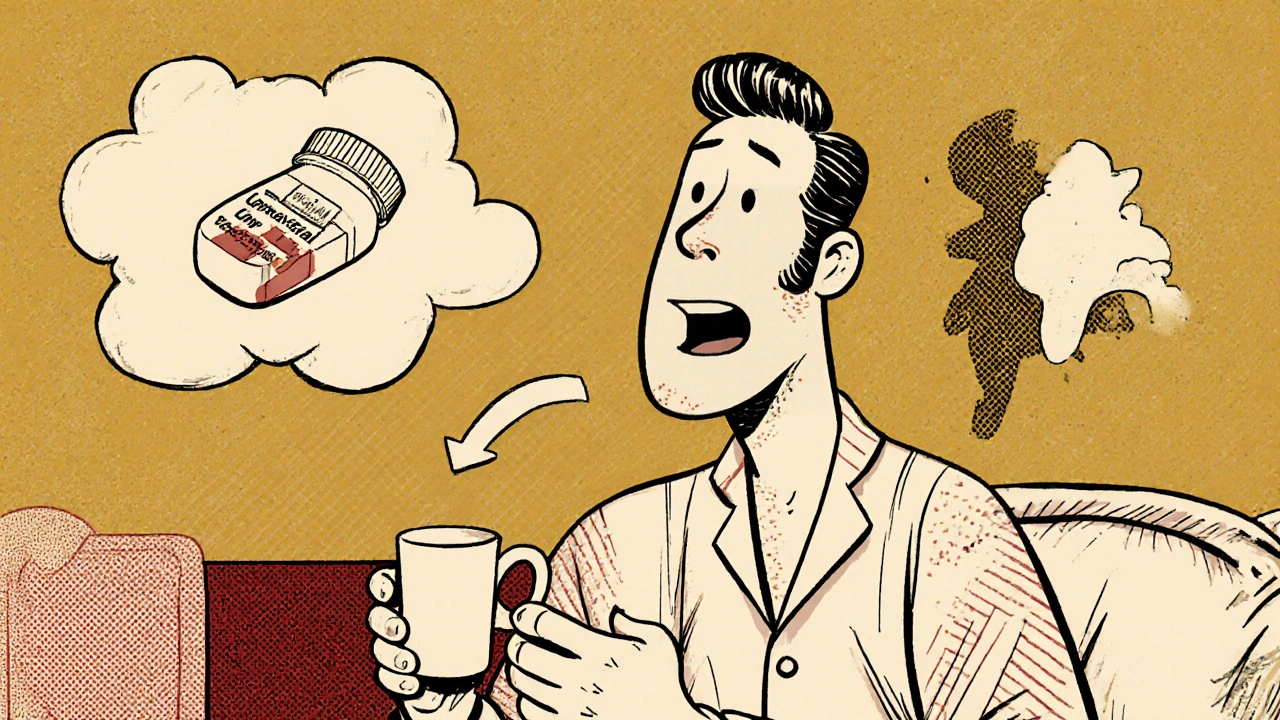
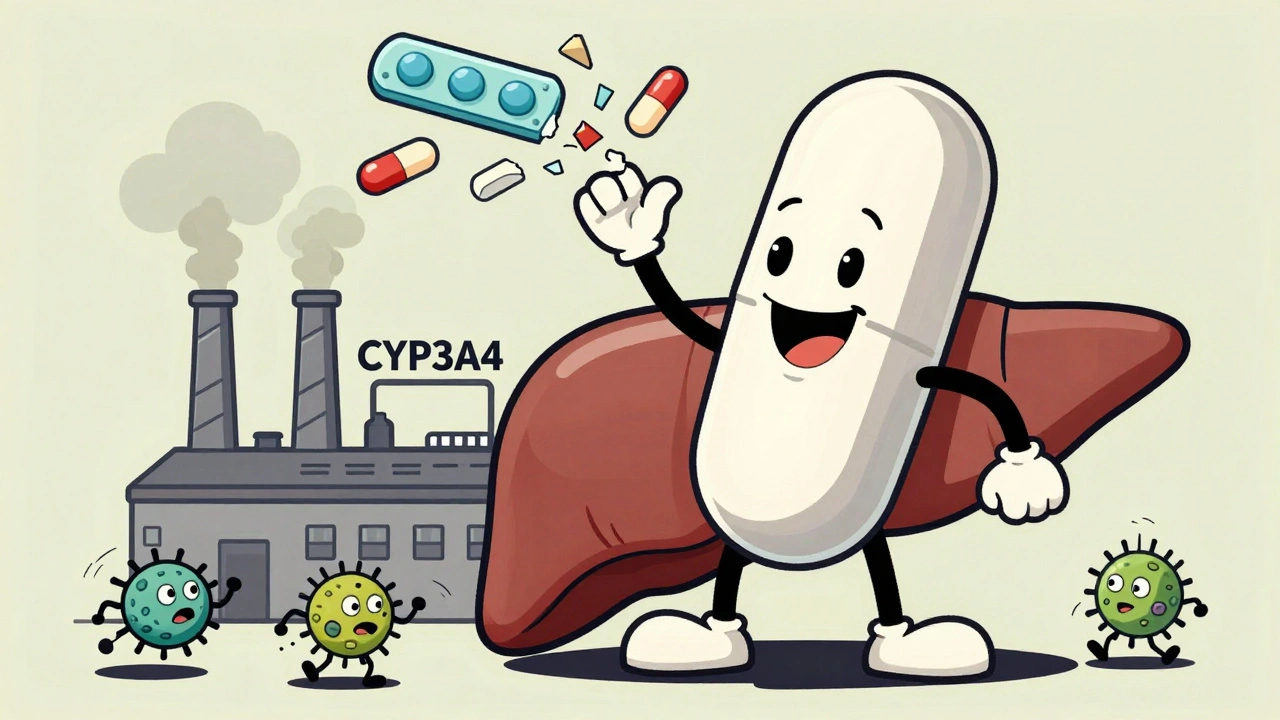
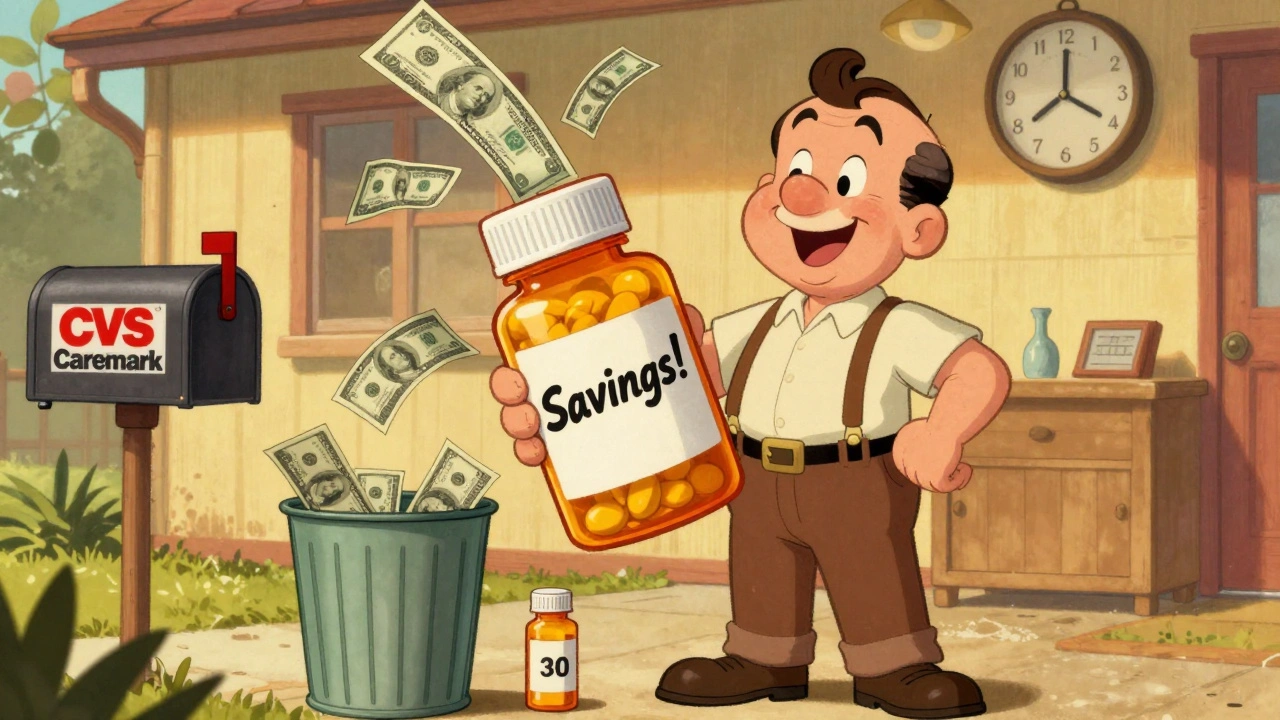
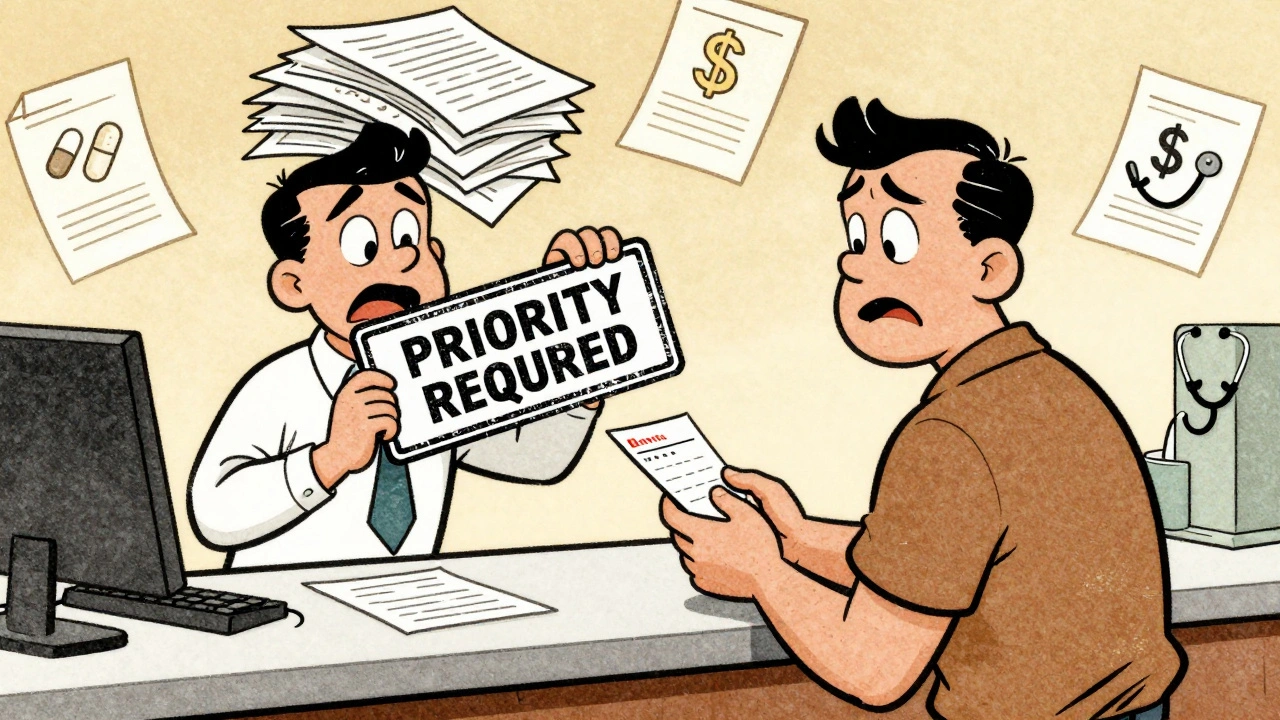
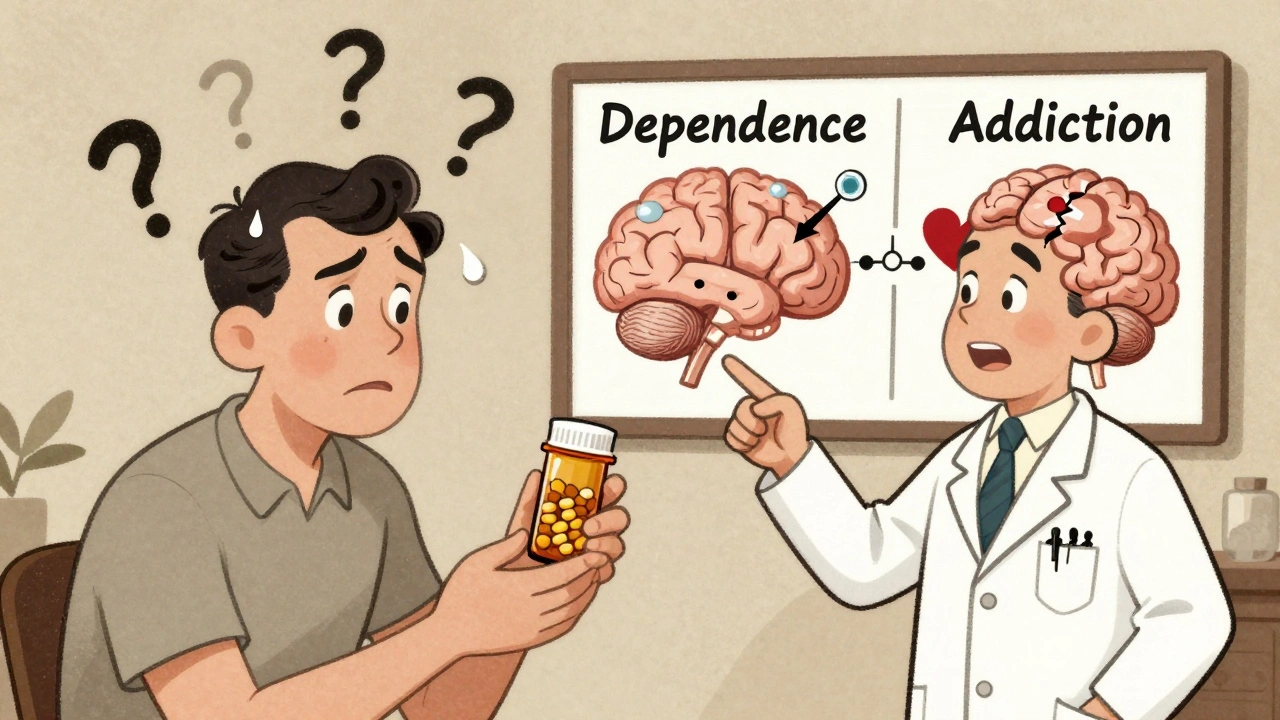
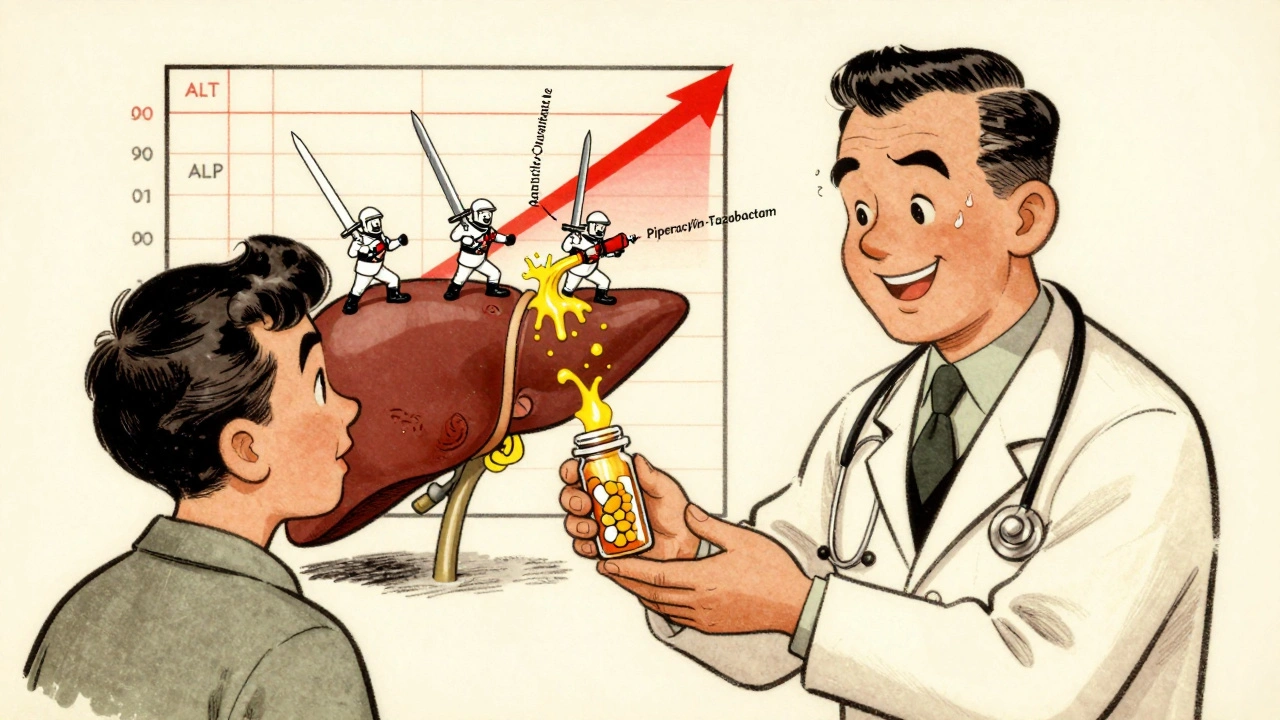
Rose Macaulay
October 28, 2025 AT 07:51I was on Uroxatral for six months and switched to tamsulosin after my doctor suggested it. Honestly? The dizziness vanished, but I didn’t realize how much I’d miss the lack of retrograde ejaculation until it happened. Now I’m just kinda… resigned. It’s weird, but not dangerous. Just something you don’t talk about at BBQs.
Sam Tyler
October 28, 2025 AT 08:03For anyone considering switching meds or adding finasteride - please, get an ultrasound first. I didn’t, and I ended up with acute retention because my prostate was 60ml and I was just treating symptoms. The combo of alfuzosin + finasteride changed my life. Took 4 months to feel the full effect, but now I sleep through the night and don’t need to plan my life around bathroom locations. Also, generic alfuzosin is literally $7 a month at Walmart. No need to pay for Uroxatral unless you have insurance that covers it. And if you’re over 60? Don’t even think about doxazosin. I saw my uncle pass out in the shower because of it. Terrifying.
Also, UroLift? If you’re healthy enough and can afford it, do it. My neighbor had it done last year. No drugs, no ED, no weird ejaculation stuff. He says it felt like a weird pressure for a few days, then boom - normal. He’s 72. If he can do it, you can too.
And please, stop believing saw palmetto works. I bought three different brands over two years. One had 20% active ingredient. Another had 8%. Zero difference in symptoms. Placebo with a price tag. If you want to supplement, try beta-sitosterol - but only if you’re already on a real med. Don’t swap.
And yes, tamsulosin causes retrograde ejaculation more. But so does silodosin. If you’re young and sexually active, alfuzosin is the quiet winner. No one talks about it, but it’s the sweet spot.
And if you’re reading this and thinking ‘I don’t want to see a doctor’ - I get it. I was there too. But your bladder doesn’t care about your fear. Talk to someone. Even if it’s just a nurse practitioner. You’re not alone in this.
Michael Harris
October 29, 2025 AT 09:00Let’s be real - this whole post is just pharma marketing dressed up as advice. Alfuzosin? Tamsulosin? Same drug, different branding. The ‘less dizziness’ claim is based on industry-funded studies. And don’t get me started on UroLift. It’s just a $$$ trap for men who can’t handle the truth: you’re aging. The prostate doesn’t care if you’re ‘active’ or ‘concerned about sexual function.’ It’s just growing. You can’t outsmart biology with a $5,000 gadget. And finasteride? That’s a hormone disruptor. I’ve seen guys go from ‘gym bro’ to ‘emotionally numb zombie’ on it. Don’t be a lab rat.
Milind Caspar
October 30, 2025 AT 11:33It is deeply concerning that this article casually recommends pharmaceutical interventions without addressing the systemic failures of modern urology. The entire BPH treatment paradigm is engineered by Big Pharma to maintain perpetual dependency. Why are we not discussing the role of sedentary lifestyles, processed food consumption, and endocrine disruptors in prostate enlargement? The medical establishment prefers pills over prevention because pills generate recurring revenue. The fact that you are being sold ‘alternatives’ instead of true solutions reveals the rot at the core of Western medicine. UroLift? A $5,000 Band-Aid on a bullet wound. Finasteride? A chemical castration disguised as therapy. And yet, you are told to ‘talk to your doctor’ - as if the doctor is not a paid agent of the pharmaceutical complex. Wake up. Your prostate is not the problem. The system is.
Dylan Kane
October 31, 2025 AT 11:17Uroxatral made me so tired I could barely get out of bed. I switched to tamsulosin and felt like a new man - until the ‘ejaculation thing’ happened. Now I’m just like, ‘cool, I guess I’m a ghost dad now.’ Honestly? I’d rather be tired than feel like my body betrayed me in the bedroom. But hey, at least I’m not on doxazosin. My uncle took that and fell down the stairs. He’s fine now, but… yeah. Don’t be him.
Shanice Alethia
October 31, 2025 AT 19:05Okay but like - WHY is no one talking about the fact that 70% of men on silodosin have retrograde ejaculation? That’s not a side effect - that’s a life-altering consequence. And they just hand it out like candy? My cousin took it for two weeks and now he says he feels ‘empty’ during sex. Like, emotionally? Not just physically. And his wife won’t even look at him the same way. This isn’t ‘medical advice’ - it’s emotional neglect disguised as science. Someone needs to call this out. We’re not just treating prostates, we’re treating men like disposable parts.
Ellen Frida
November 2, 2025 AT 09:40wait so like… if you take alfuzosin and then switch to tamsulosin… does your soul get rearranged? i mean like… i feel like the body remembers the drugs you’ve taken? like, it’s not just chemicals, it’s energy? i read this one book on chakras and it said the root chakra is connected to the prostate and like… when you take alpha blockers, you’re basically disrupting your spiritual plumbing?? i don’t know. i just feel like we’re missing something deeper here. also, i tried saw palmetto and it made me cry for no reason. maybe the herbs are talking to me?
KC Liu
November 2, 2025 AT 14:40UroLift? Rezum? Please. The FDA approved those because the drug companies needed a new revenue stream after the generic wave hit. You think these devices are ‘innovative’? They’re just repackaged versions of 1990s tech with a $4,000 markup. And the ‘no sexual side effects’ claim? That’s what they tell you in the brochure. Ask the 12% of men who had post-op urinary strictures or chronic pain. They don’t post on Reddit. They’re too busy suing. And if you’re thinking ‘I’ll pay out of pocket’ - congrats, you’re the perfect target. The system loves men who think they can buy their way out of aging.